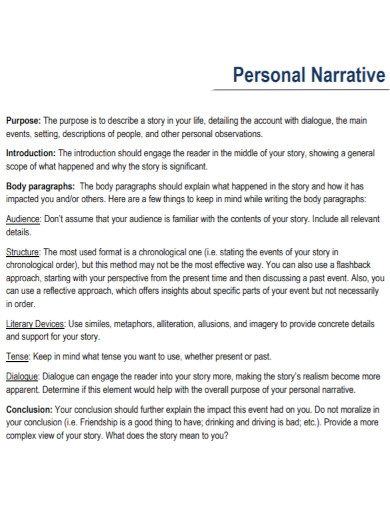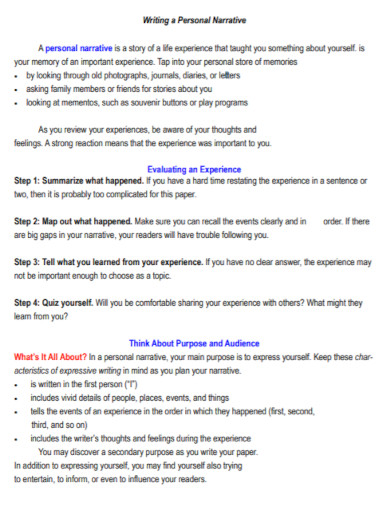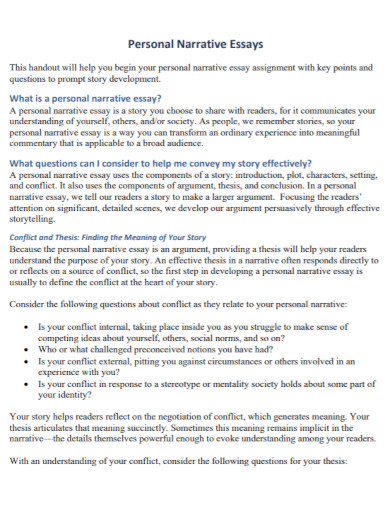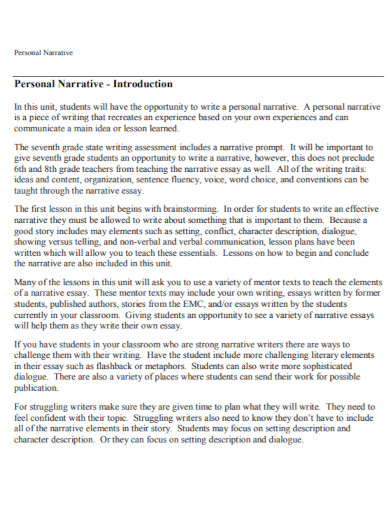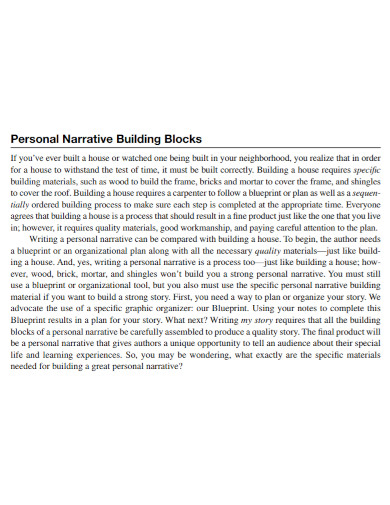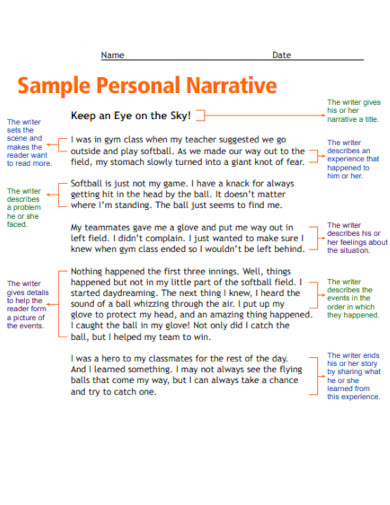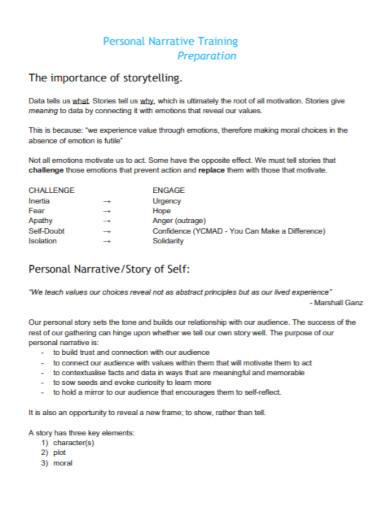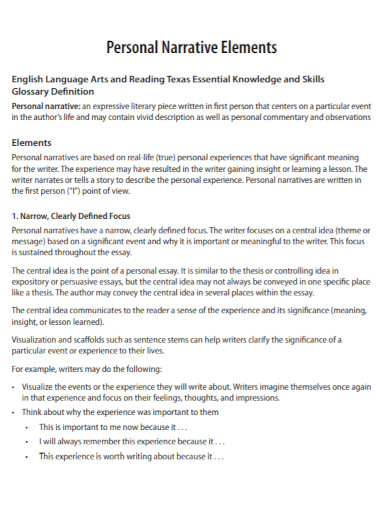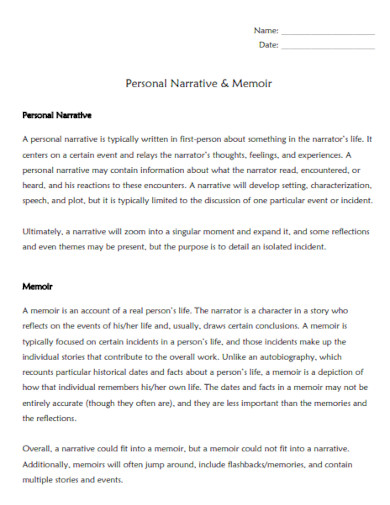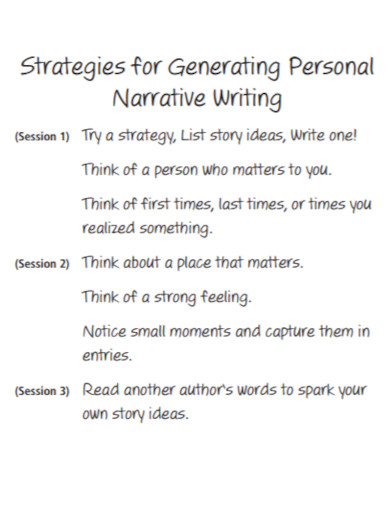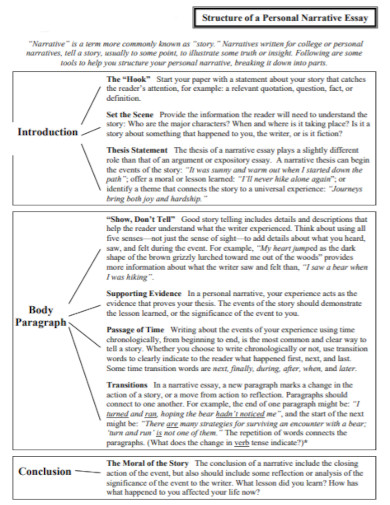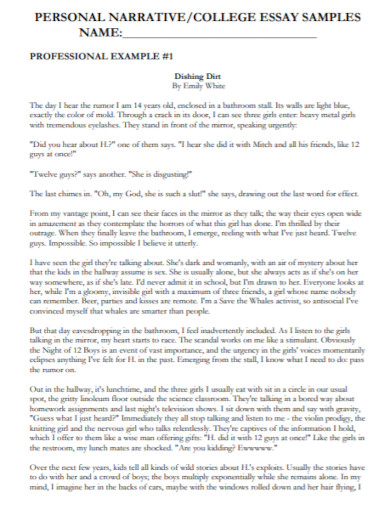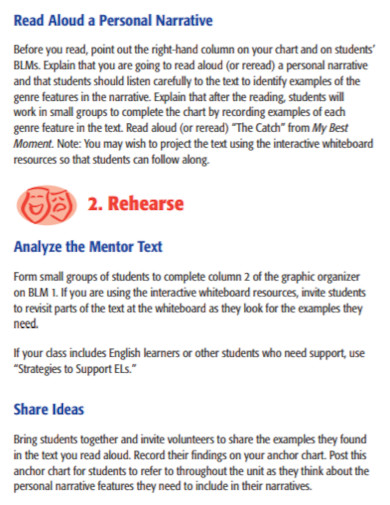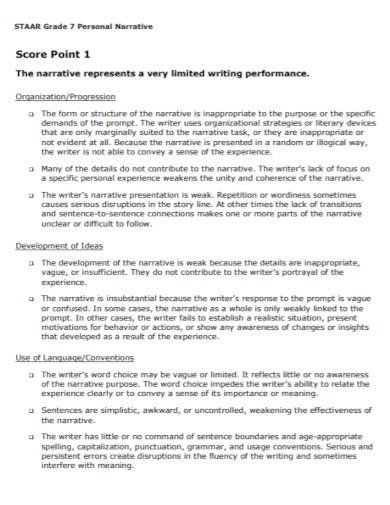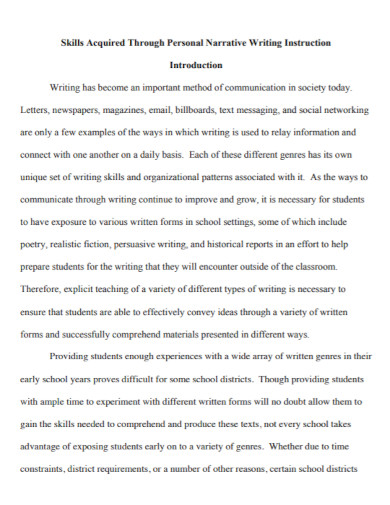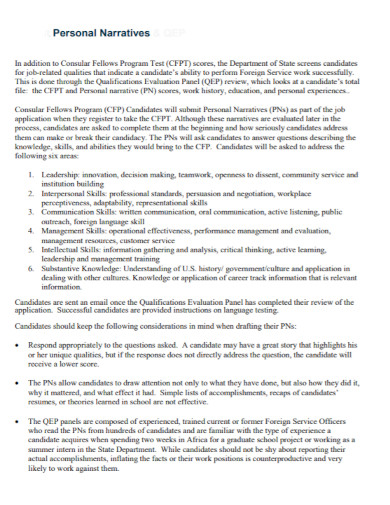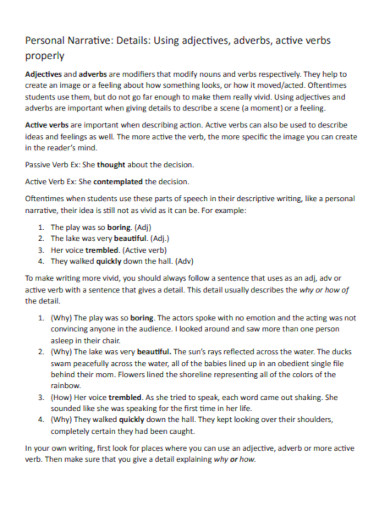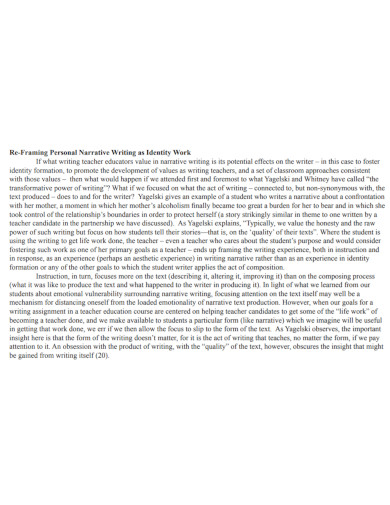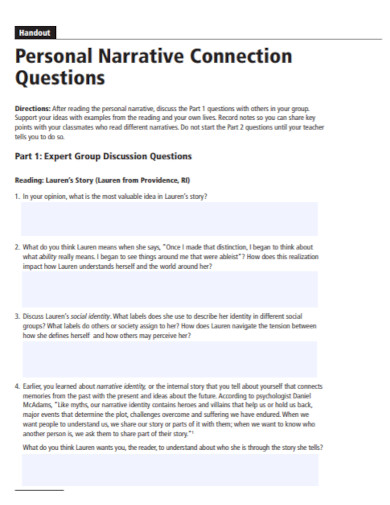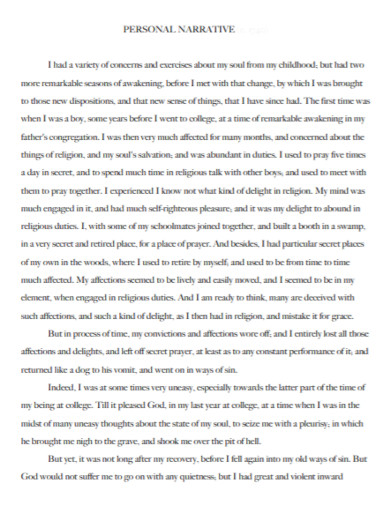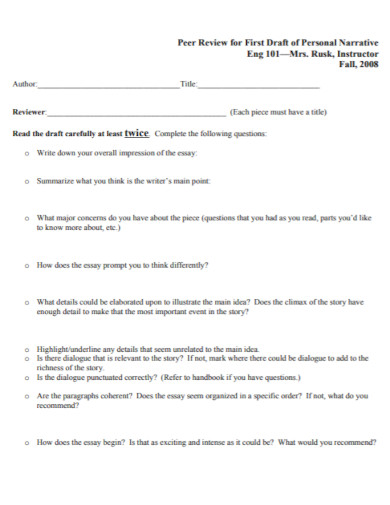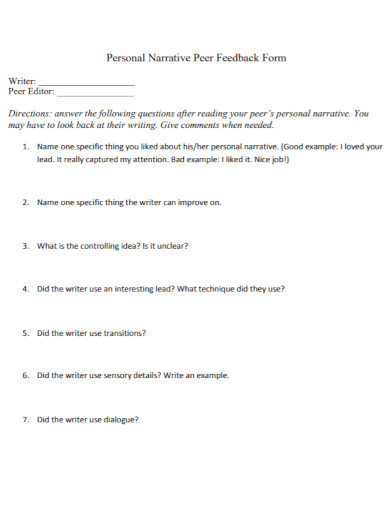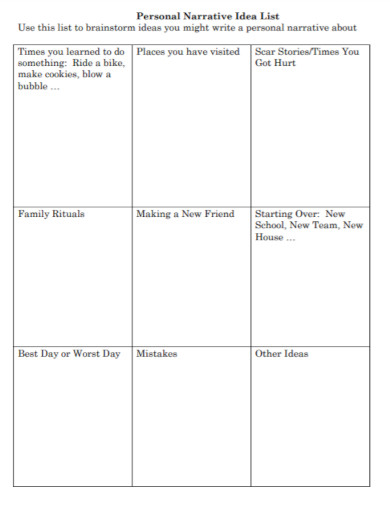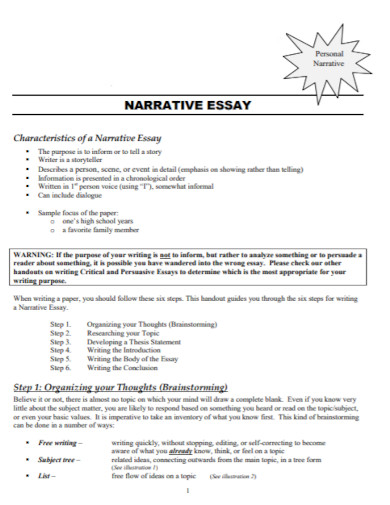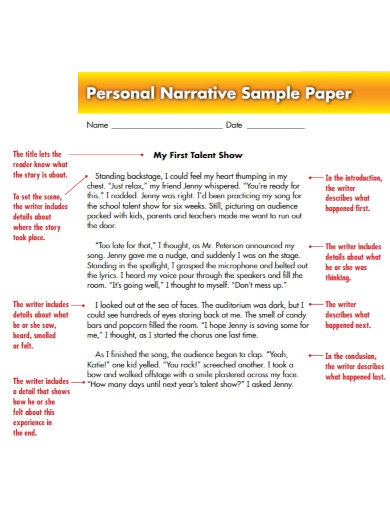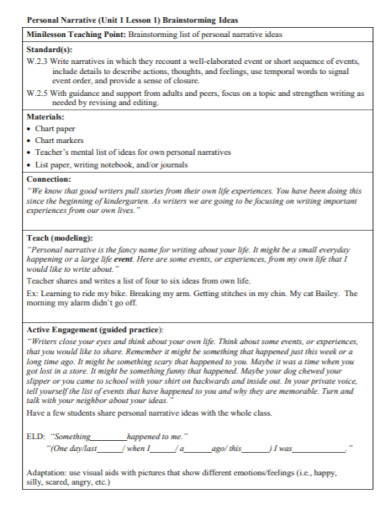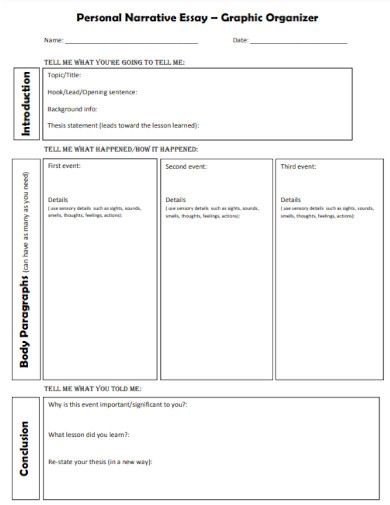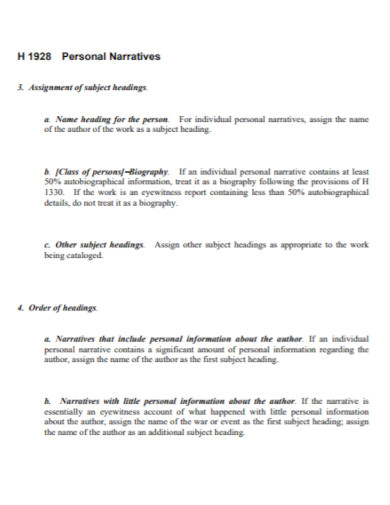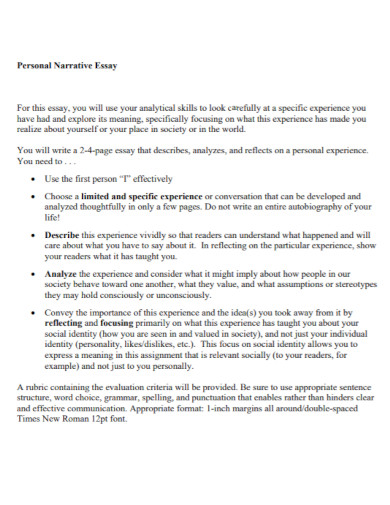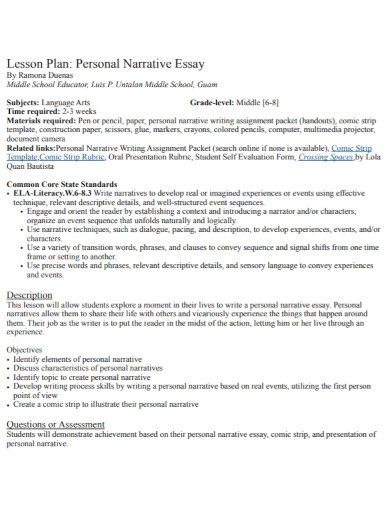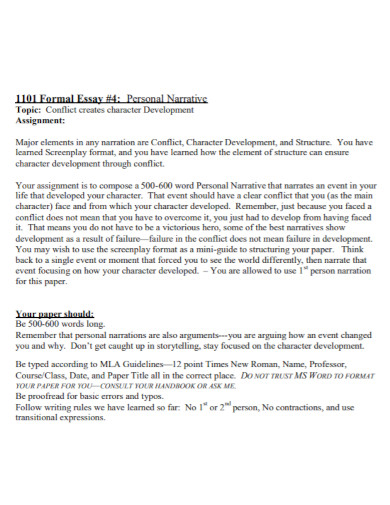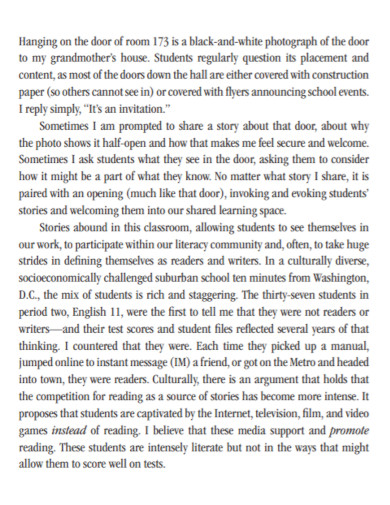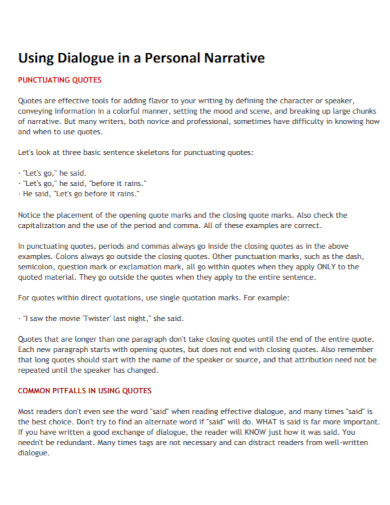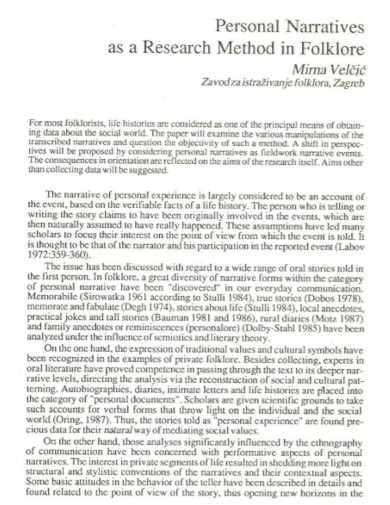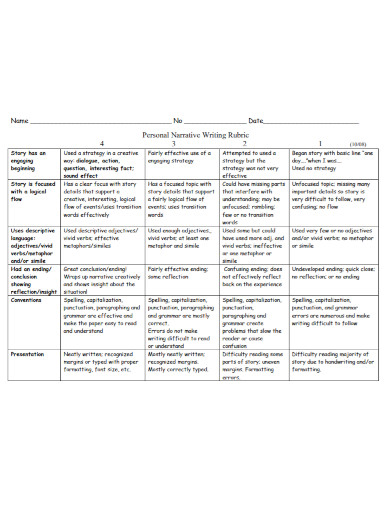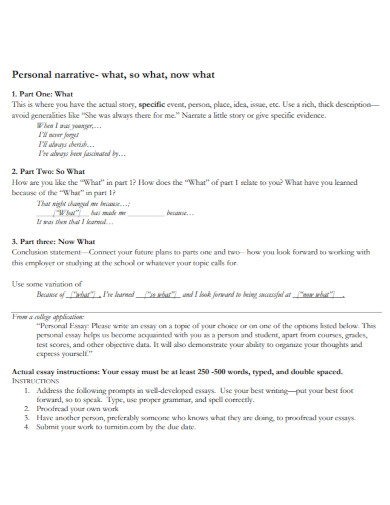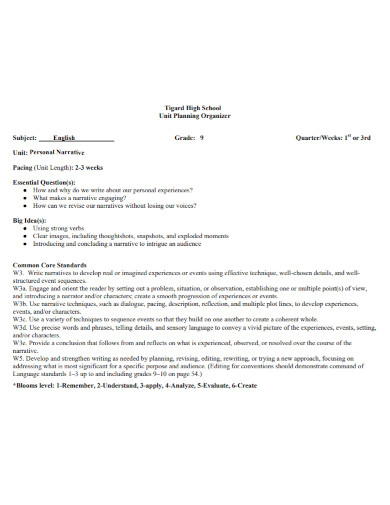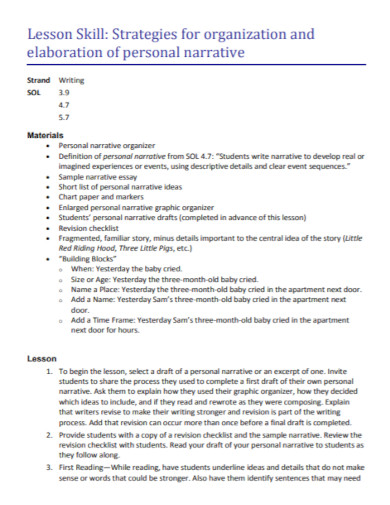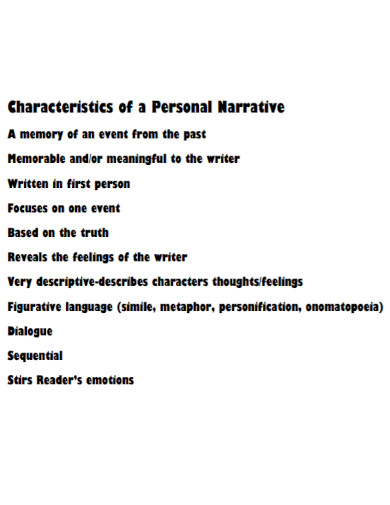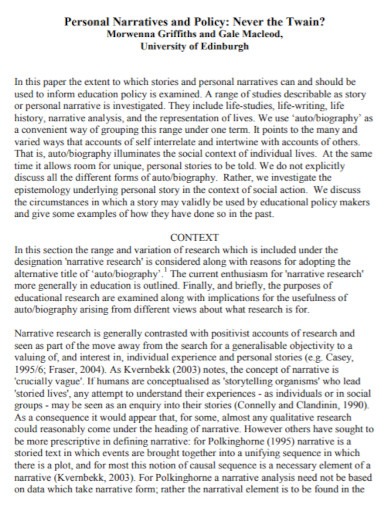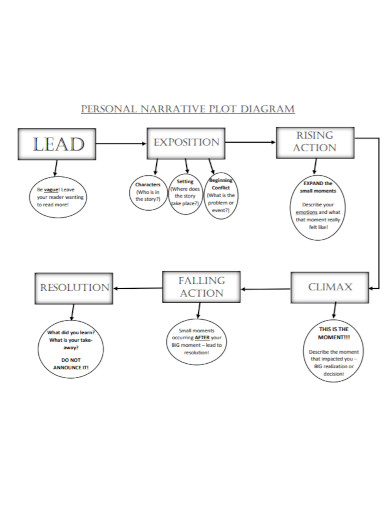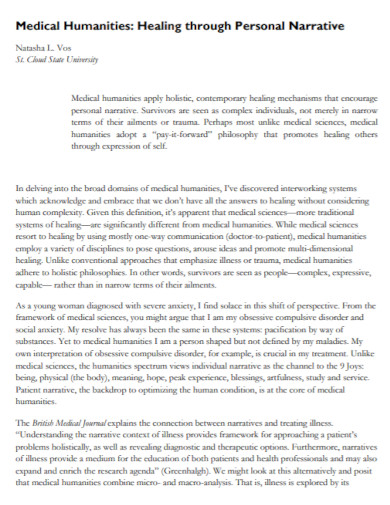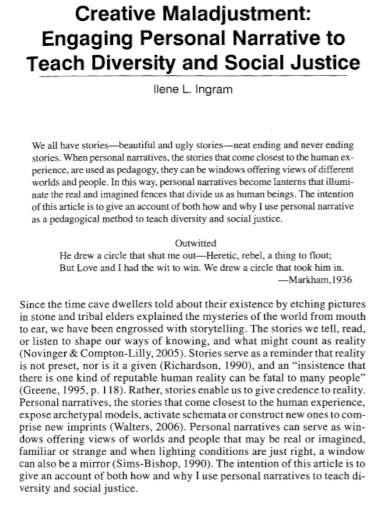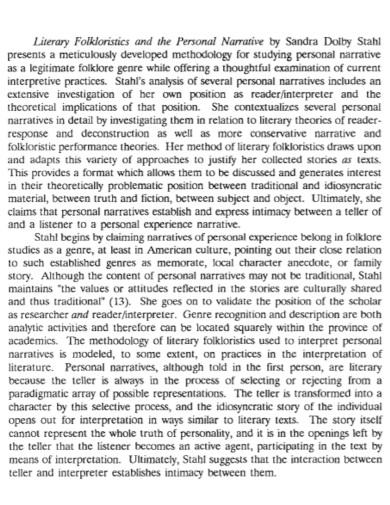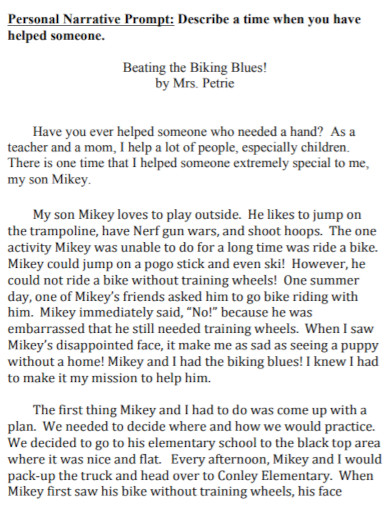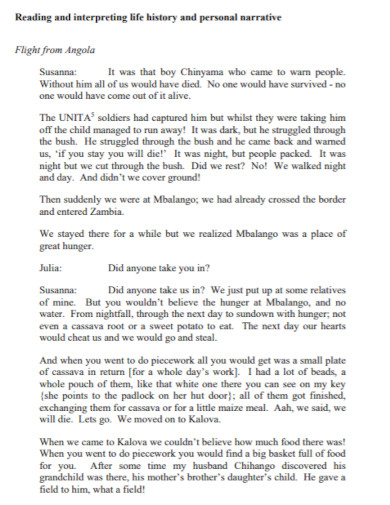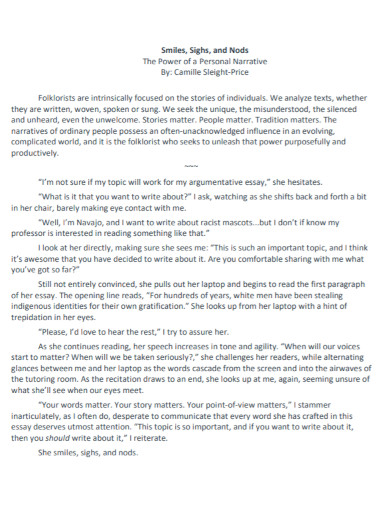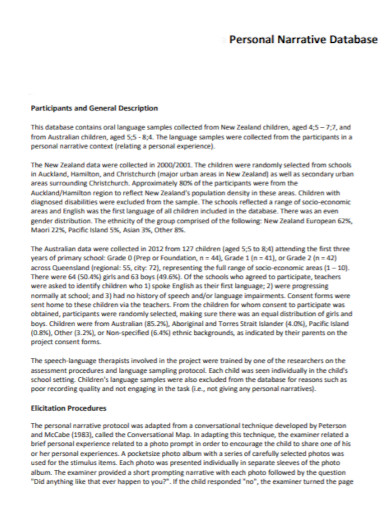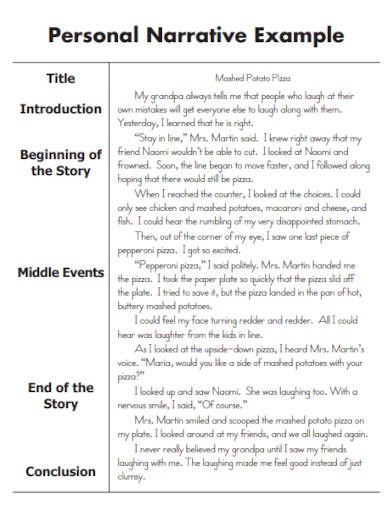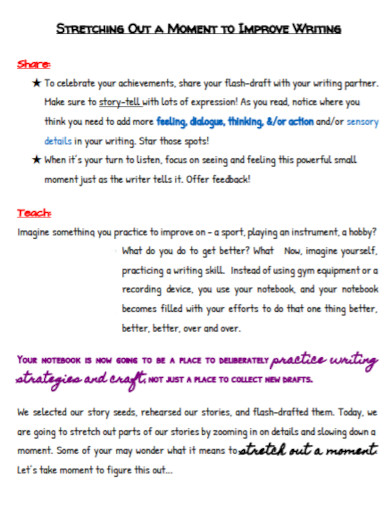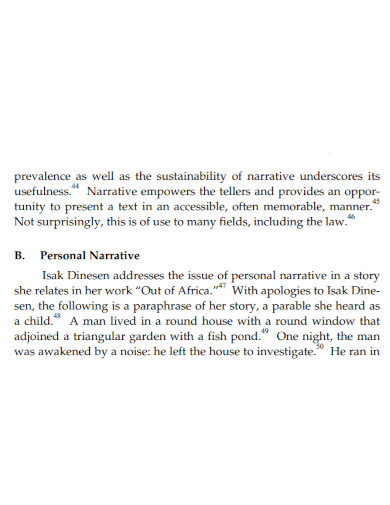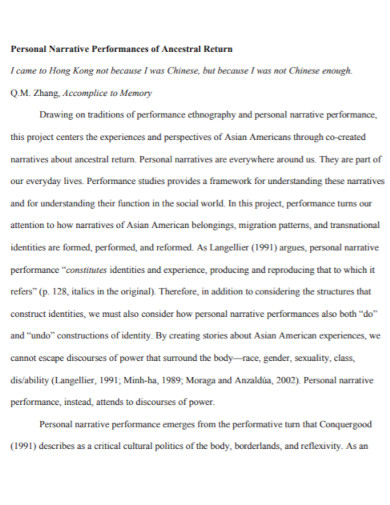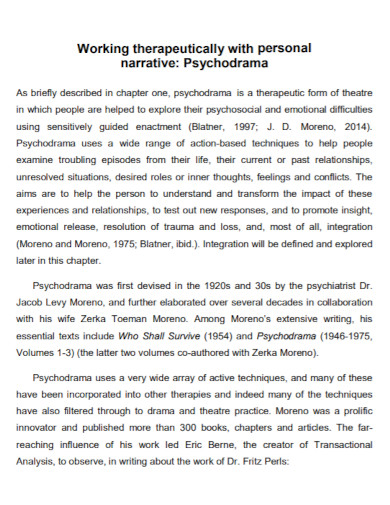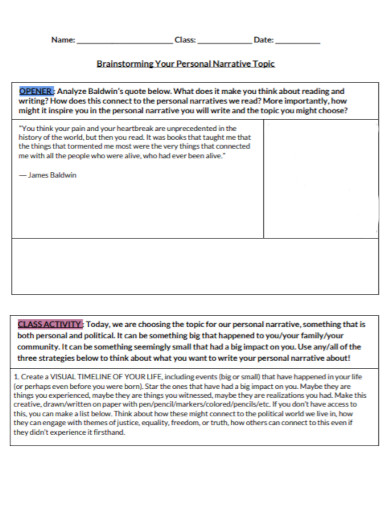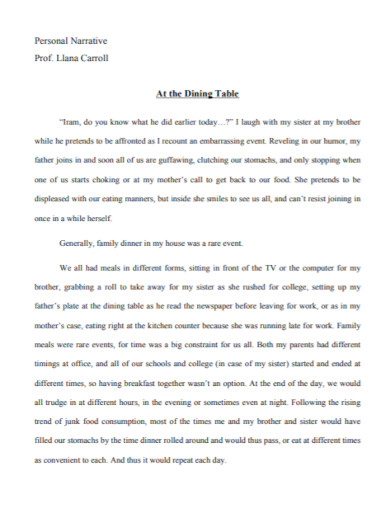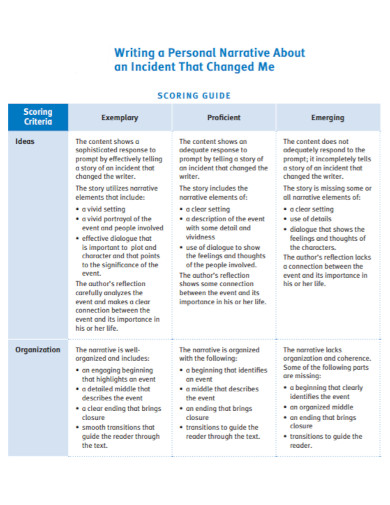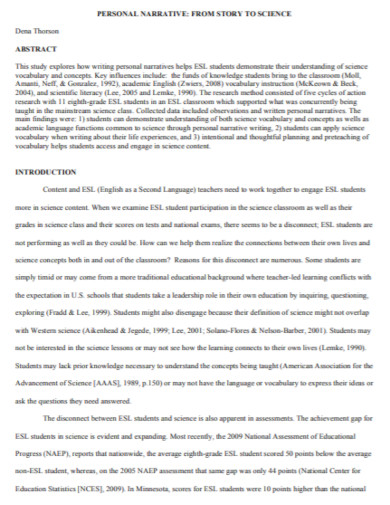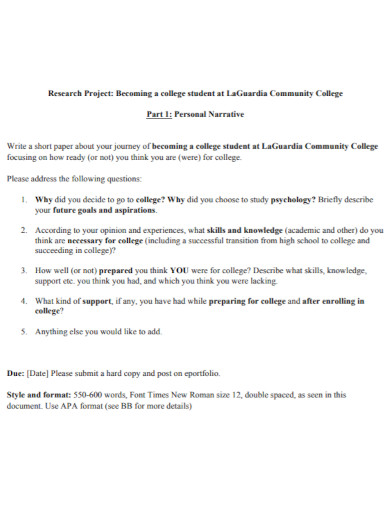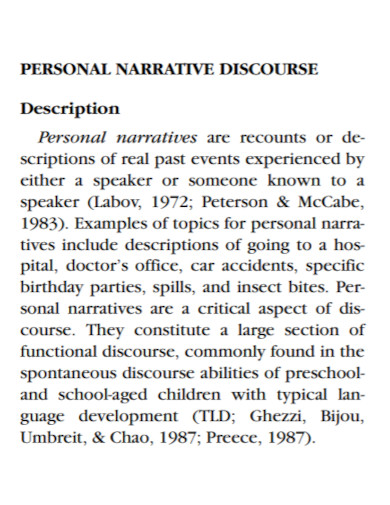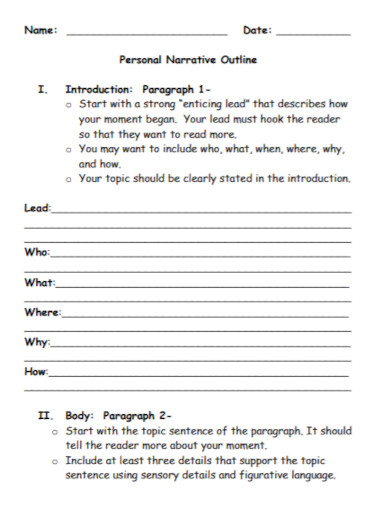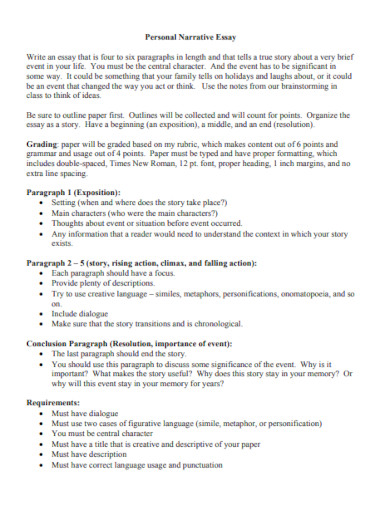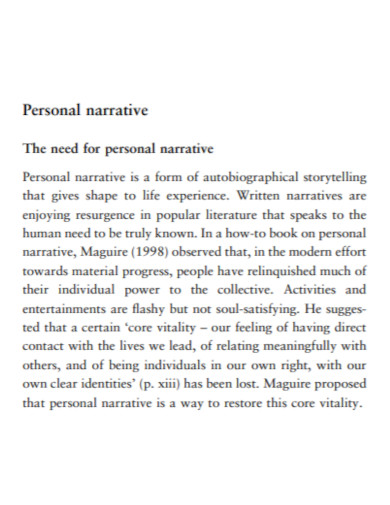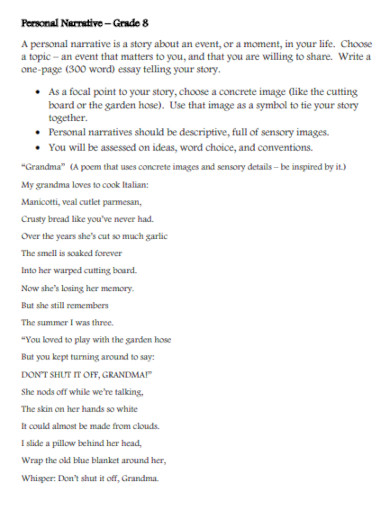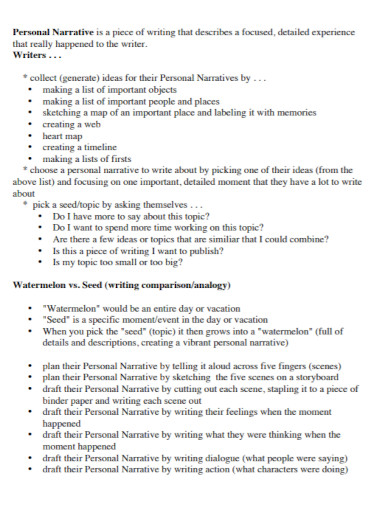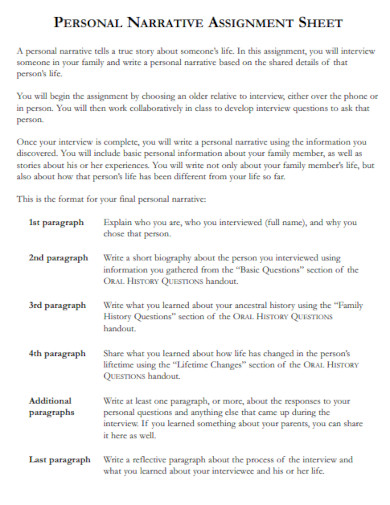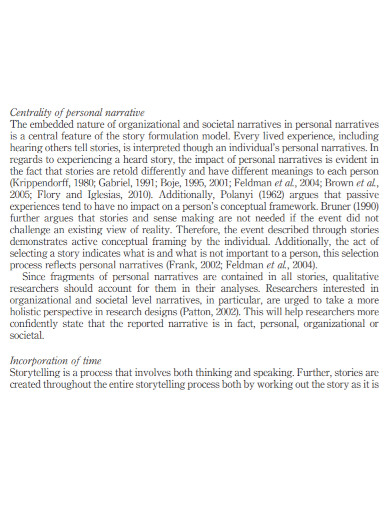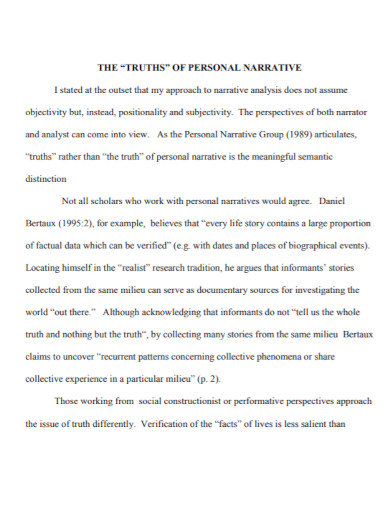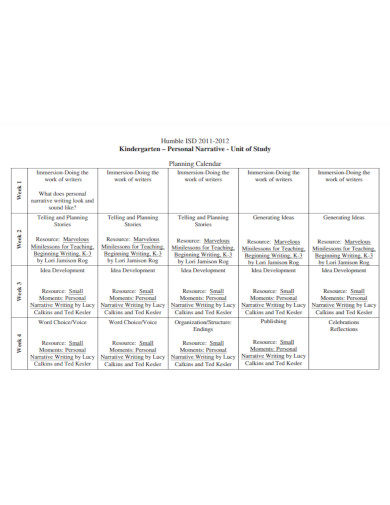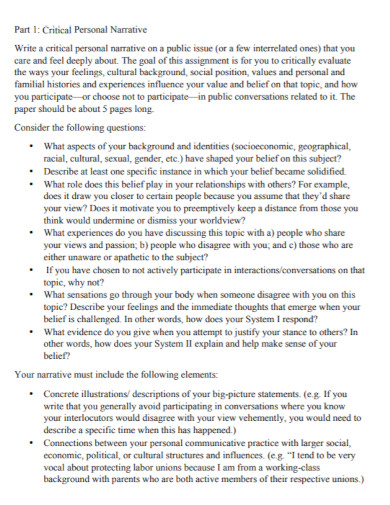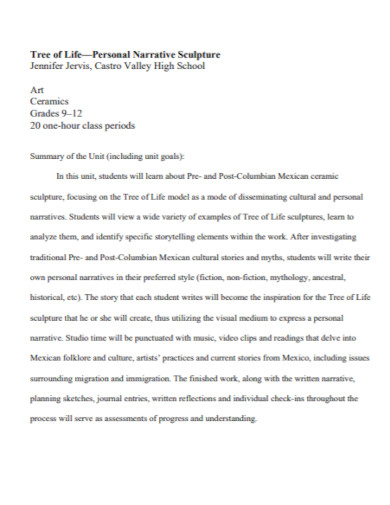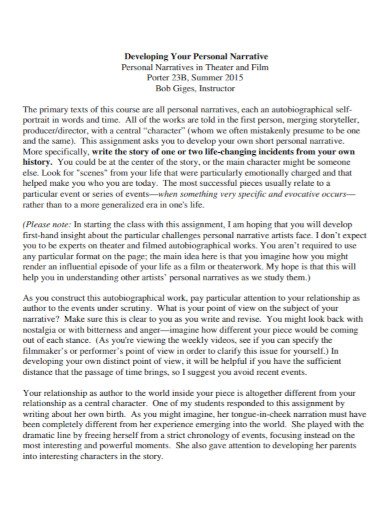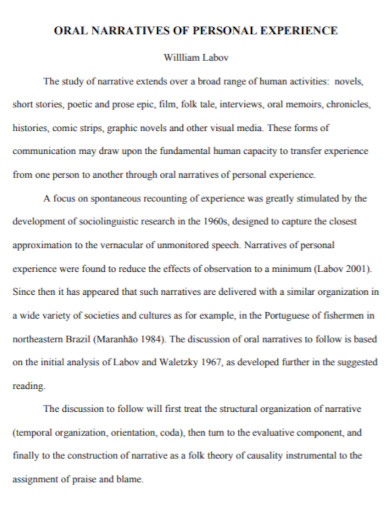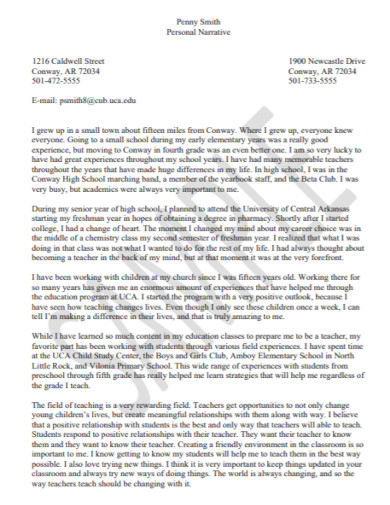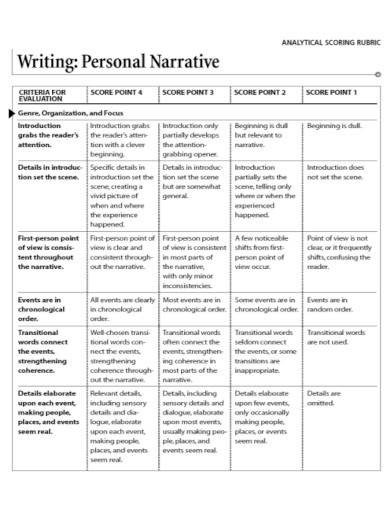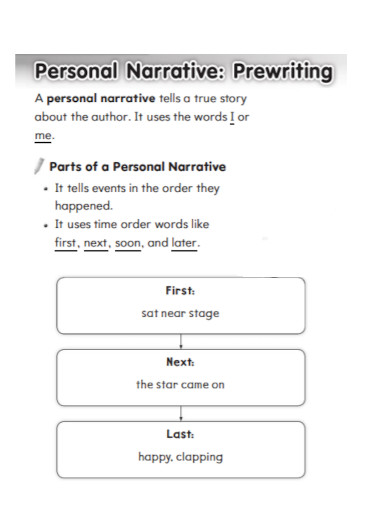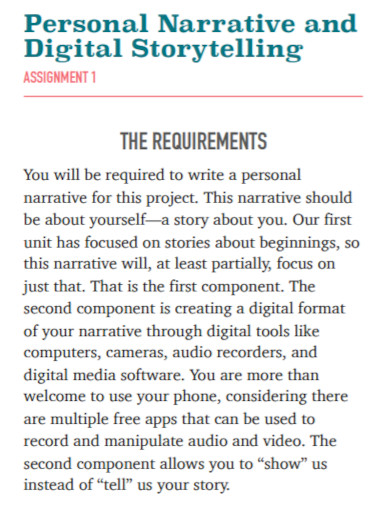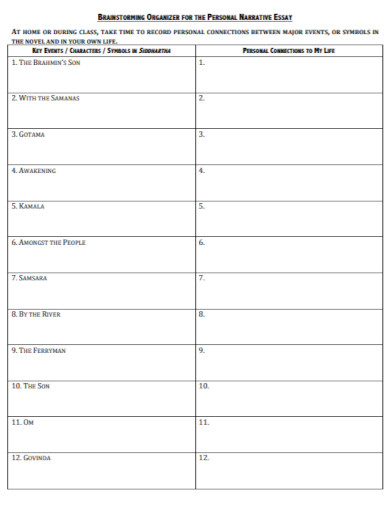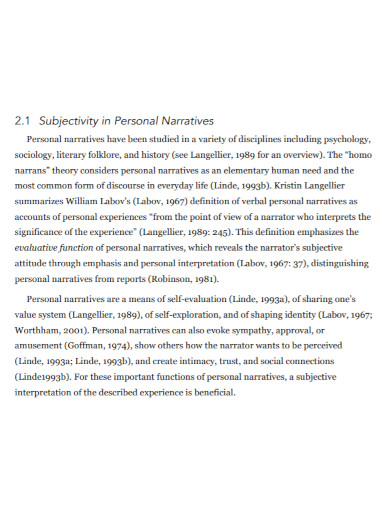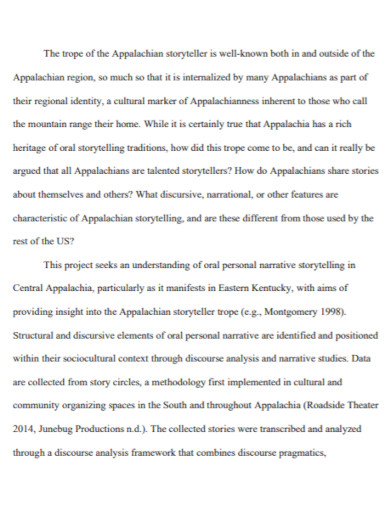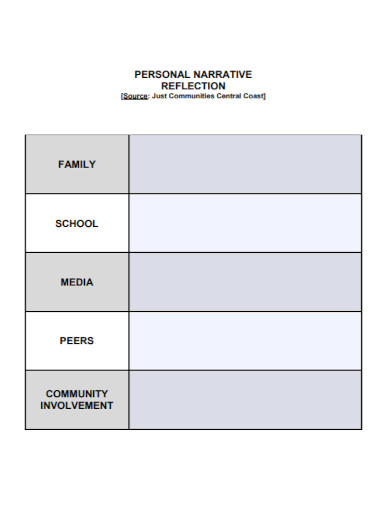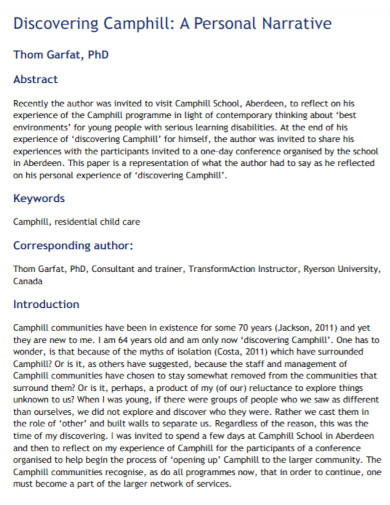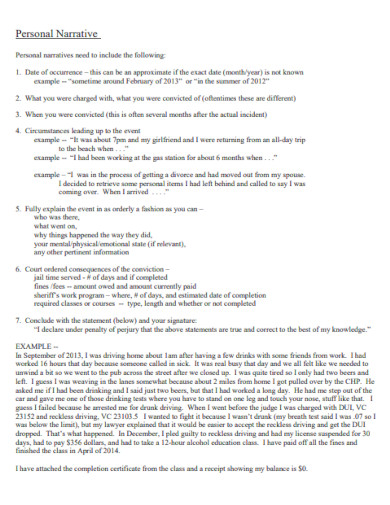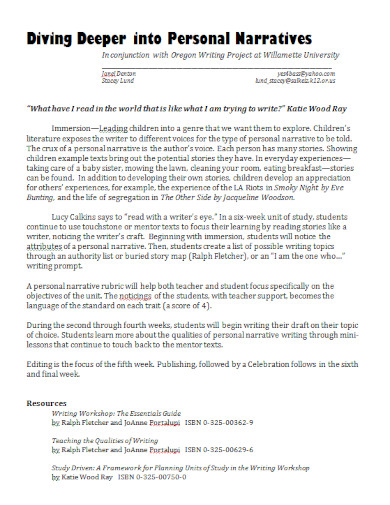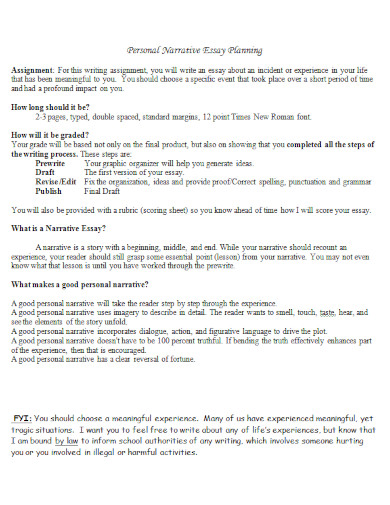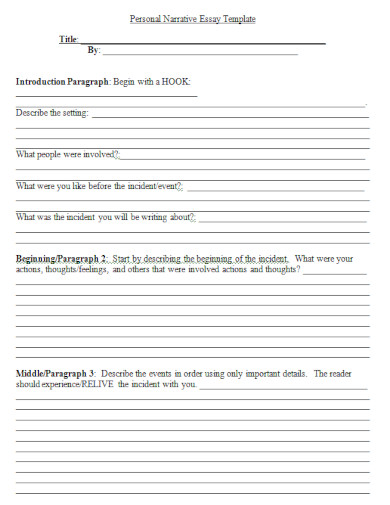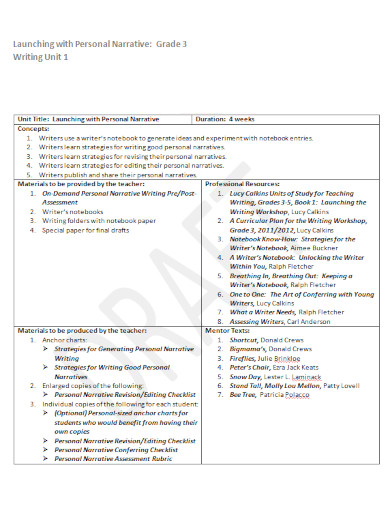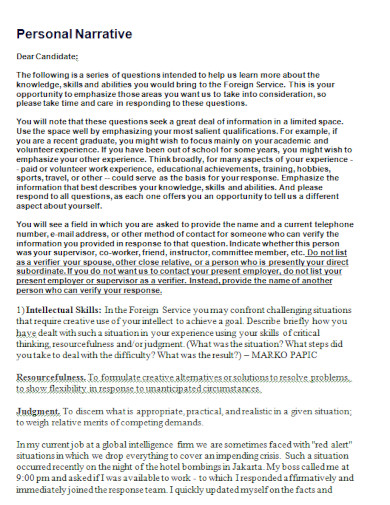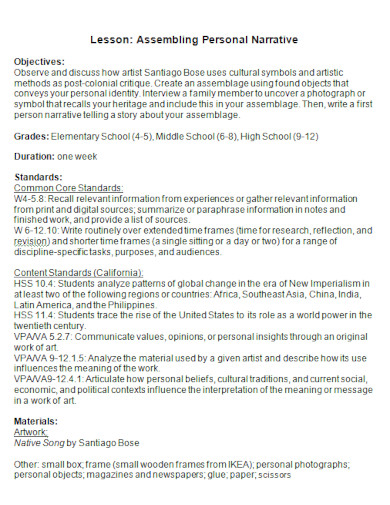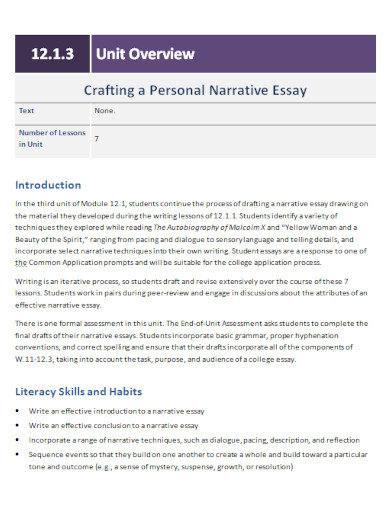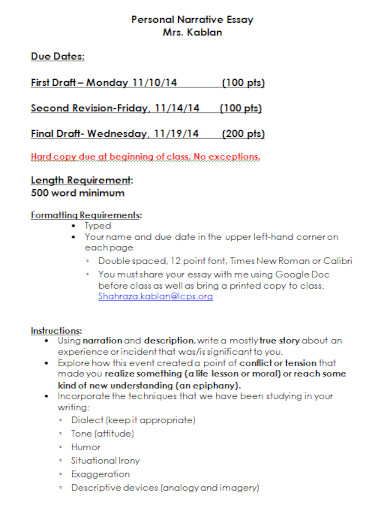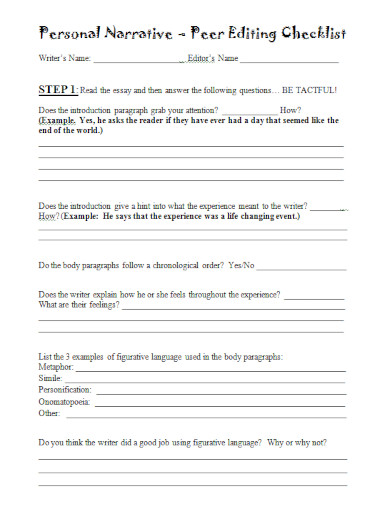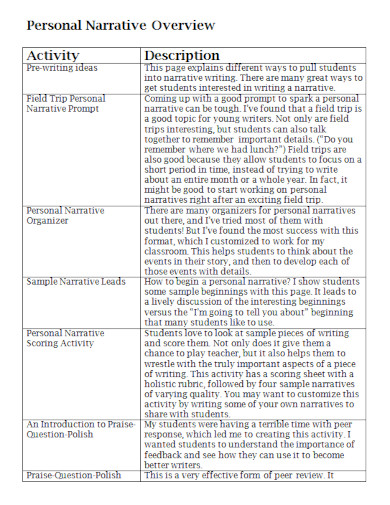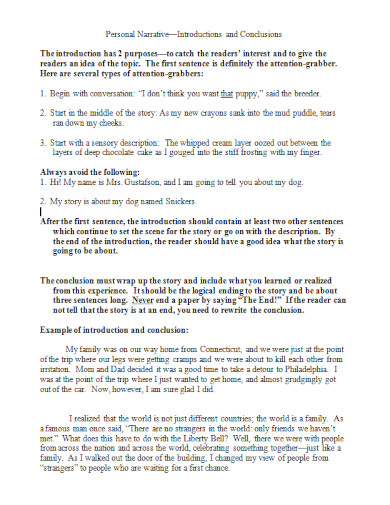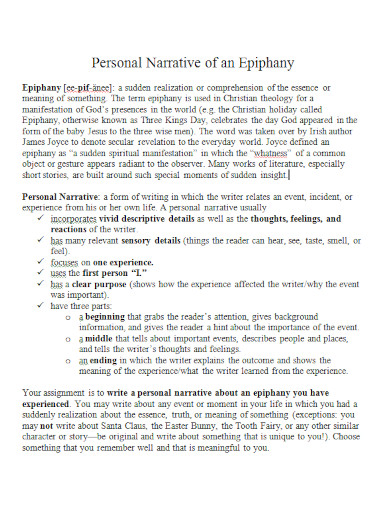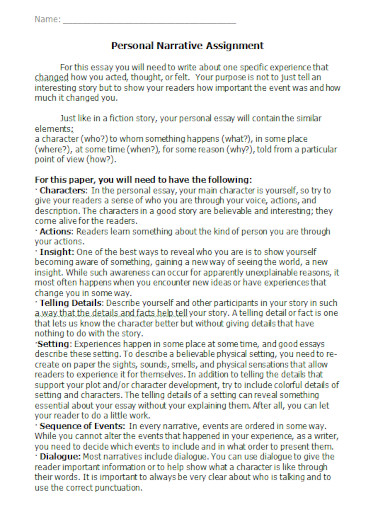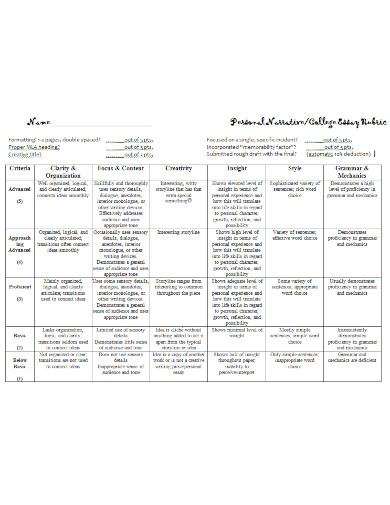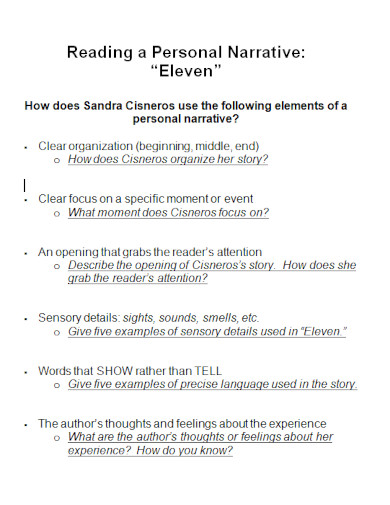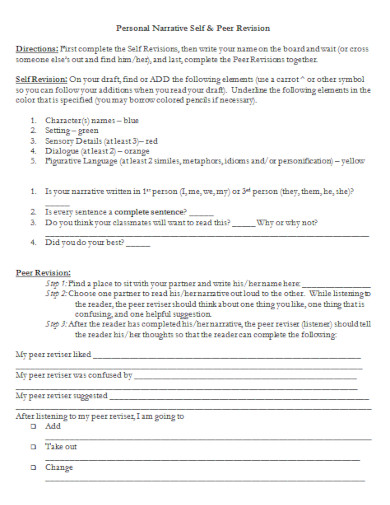100+ Personal Narrative Examples
Personal narratives are a window into individual experiences, offering a vivid glimpse of real-life events and emotions. This guide is your key to mastering the art of personal narrative writing. Perfect for students, educators, and anyone keen on storytelling, it provides clear examples and step-by-step instructions. Whether you’re crafting a school assignment or exploring self-expression, learn how to create compelling narratives that resonate with your audience. Embrace the journey of personal narrative writing and unlock your storytelling potential.
What is Personal Narrative? – Definition
A personal narrative is like sharing a piece of your life story with others. It’s a type of writing where you talk about a real experience from your life. You write it as if you are telling a friend about something that happened to you. In a personal narrative, you talk about your feelings, thoughts, and what you learned from that experience. It’s like writing a diary entry that others can read. The main point is to share a part of your life in a way that is interesting and meaningful to the reader.
Writing out something like a personal summary for your readers to know about can be both daunting and exciting. The topic would be about you. If given the chance to write something about you to share to the world, would you have taken up that opportunity?
Best Example of Personal Narrative
Title: “The Day I Conquered My Fear”
It was a bright summer morning, the kind that promised adventures. My heart pounded as I stood at the edge of the high diving board, peering into the deep blue pool below. I was always afraid of heights, and here I was, facing my biggest fear. The diving board felt like a plank leading to the unknown.
Below, my friends cheered, their voices a blend of excitement and encouragement. I closed my eyes, took a deep breath, and recalled my dad’s words, “Courage is not the absence of fear, but the triumph over it.” With that thought, I leaped.
The wind rushed past me as I plummeted, the world a blur of sky and water. Then, with a splash, I was submerged in the cool embrace of the pool. Surfacing, I heard the triumphant cheers of my friends. In that moment, I realized I had done more than just dive; I had overcome a barrier within myself.
That day, I learned that facing your fears, no matter how daunting, is a journey worth taking. It’s not just about the action itself, but the sense of achievement and self-discovery that comes with it. This experience taught me that courage was always a part of me, waiting to be awakened.
What are the Major Components of Personal Narrative
Personal narratives are powerful pieces of writing that allow you to share a piece of your life. To make them effective and engaging, certain key components are essential:
- Introduction: This is where you set the scene for your story. Introduce the main event or experience and provide some background information. It’s important to hook the reader’s interest right from the start.
- Characters: In a personal narrative, you are the main character. You may also include other people who played significant roles in your story. Describe them in a way that makes them real and relatable to your readers.
- Setting: Describe where and when your story took place. The setting provides a backdrop for your narrative, giving context to your experiences.
- Plot: This is the sequence of events in your story. A good plot has a beginning, where you set up your story; a middle, where the main events and actions happen; and an end, where you resolve the story and reflect on its meaning.
- Conflict: Most narratives have some form of conflict or challenge that you faced. This could be an external event or an internal struggle. The conflict is crucial as it drives the story forward and keeps the reader engaged.
- Climax: This is the peak of your story, the most intense point of the narrative. It’s usually the moment when the conflict reaches its height.
- Resolution: Here, you wrap up the story. The resolution addresses the outcome of the conflict and often includes personal reflection on the events.
- Personal Reflection: In a personal narrative, reflecting on what you learned or how you changed is vital. This reflection helps to give deeper meaning to your story and can provide insight for your readers.
- Descriptive Language: Using vivid descriptions and sensory details helps to bring your story to life. It allows readers to see, hear, feel, and experience the events as if they were there.
- First-Person Narrative: Since personal narratives are about your own experiences, they are typically written in the first person, using ‘I.’
How to Write a Personal Narrative
Writing a personal narrative is like telling a story from your life. It’s about sharing your experiences, feelings, and lessons learned in a way that engages and connects with your readers. Here’s a step-by-step guide to help you write a compelling personal narrative:
- Choose Your Experience: Start by picking a significant event or moment from your life. It should be something meaningful that you feel comfortable sharing and that has had an impact on you.
- Brainstorm Ideas: Before you start writing, take some time to think about the details of your story. Remember the people involved, the setting, what happened, and how it affected you. Jotting down these points can help organize your thoughts.
- Create an Outline: Organize your story with a clear beginning, middle, and end. This will help you structure your narrative and ensure it flows logically.
- Write the Introduction: Begin with a hook to grab the reader’s attention. Introduce the setting and give some background to set the stage for your story.
- Develop the Body: This is where you narrate the events. Describe the actions, settings, and people involved. Use vivid details and sensory language to make the story come alive. Don’t forget to express your thoughts and feelings as the events unfold.
- Include the Climax: Every good story has a high point or a turning moment. This is where the main event or conflict reaches its peak. Make sure your climax is engaging and conveys the significance of your story.
- Review and Revise: After writing your first draft, read it through. Check for any areas that need more detail or clarification. Pay attention to the flow of the story and make sure it’s easy to follow.
Personal Narrative Topics and Ideas
- Personal narrative about my Best friend
- Personal narrative about Christmas
- Personal narrative about a Trip
- Personal narrative about Family
- Personal narrative about Myself
- Personal narrative about Childhood memories
- Personal narrative about my Birthday
- Personal narrative on Individualism
- Personal narrative on Anxiety
- Personal narrative on Identity
100+ Personal Narrative Examples
1. Personal Narrative Template
2. Writing a Personal Narrative
3. Personal Narrative Essays
4. Simple Personal Narrative
5. Personal Narrative Building Blocks
6. Sample Personal Narrative
7. Personal Narrative Training Preparation
8. Personal Narrative Elements
9. Personal Narrative and Memoir
10. Strategies for Generating Personal Narrative
11. Structure of a Personal Narrative Essay
12. Personal Narrative College Essay
13. Features of a Personal Narrative
14. Personal Narrative Score Point
15. Skills Acquired Through Personal Narrative
16. True Personal Narrative
17. Student Personal Narrative
18. Personal Narrative with Adjectives and Adverbs
19. Re-Framing Personal Narrative
20. Personal Narrative Handout
21. Personal Narrative in PDF
22. Peer Review of Personal Narrative
23. Personal Narrative Peer Feedback Form
24. Personal Narrative Idea List
25. Personal Narrative Essay Example
26. Personal Narrative Sample Paper
27. Personal Narrative Lesson
28. Graphic Organizer Personal Narrative Essay
29. Personal Narrative Assignment
30. Personal Narrative Essay in PDF
31. Personal Narrative Lesson Plan
32. Personal Narrative Formal Essay
33. General Personal Narrative
34. Using Dialogue in a Personal Narrative
35. Personal Narrative as a Research
36. Personal Narrative Rubric
37. Standard Personal Narrative in PDF
38. Personal Narrative for School Students
39. Elaboration of Personal Narrative
40. Characteristics of a Personal Narrative
41. Personal Narrative and Policy
42. Personal Narrative Plot Diagram
43. Healing through Personal Narrative
44. Engaging Personal Narrative
45. Literary Folkloristics and the Personal Narrative
46. Personal Narrative Prompt
47. Life History and Personal Narrative
48. The Power of a Personal Narrative
49. Personal Narrative Database
50. Personal Narrative Example
51. Personal Narrative Notes
52. Basic Personal Narrative
53. Personal Narrative Performances
54. Working Therapeutically with Personal Narrative
55. Brainstorming Your Personal Narrative Topic
56. Personal Narrative Essay Format
57. Personal Narrative About an Incident
58. Feminist Personal Narrative
59. Individual Personal Narrative
60. Personal Narrative Research Project
61. Personal Narrative Disclosure
62. Personal Narrative Outline
63. Sample Personal Narrative Essay
64. The Need for Personal Narrative
65. Draft Personal Narrative
66. Detailed Personal Narrative
67. Personal Narrative Assignment Sheet
68. Centrality of Personal Narrative
69. Analysis of Personal Narrative
70. Kindergarten Personal Narrative
71. Critical Personal Narrative
72. Personal Narrative Sculpture
73. Developing Personal Narrative
74. Narratives of Personal Experience
75. Personal Narrative for Internship
76. Personal Narrative in PDF Template
77. Personal Narrative Prewriting
78. Personal Narrative and Digital Storytelling
79. Personal Narrative Case Study
80. Subjectivity in Personal Narrative
81. Oral Personal Narrative
82. Personal Narrative Reflection
83. A Personal Narrative for Child Care
84. Simple Personal Narrative Examples
85. Teacher’s Personal Narrative
86. Diving Deeper into Personal Narratives
87. Personal Narrative Essay Planning
88. Personal Narrative Essay Template
89. Draft Personal Narrative in DOC
90. Updated Personal Narratives
91. Assembling Personal Narrative
92. Crafting a Personal Narrative
93. Personal Narrative Essay Assignment
94. Personal Narrative in DOC
95. Personal Narrative Overview
96. One Page Personal Narrative
97. Personal Narrative of an Epiphany
98. Simple Personal Narrative Assignment
99. Personal Narrative Rubric in DOC
100. Reading a Personal Narrative
101. Personal Narrative Self and Peer Revision
Where Can I Use Personal Narrative?
Personal narratives are versatile and can be used in various contexts:
- Educational Assignments: Students often write personal narratives in English or writing classes, for college applications, or scholarship essays.
- Blogs and Social Media: Sharing your personal stories on blogs, social media platforms, or personal websites can engage and connect with your audience.
- Therapeutic Settings: Writing personal narratives can be a form of self-expression and reflection, often used in therapy or personal development exercises.
- Professional Settings: Personal narratives can be used in job interviews, professional bios, or motivational speeches to share your experiences and connect with your audience.
- Creative Writing: They are a fundamental aspect of creative writing, used in memoirs, autobiographies, or as inspiration for fictional stories.
- Public Speaking: Personal stories are often shared in public speaking contexts, like TED Talks, to make a point or connect with the audience on a personal level.
Tips to Write a Personal Narrative
- Choose a Meaningful Event: Focus on an event or experience that significantly impacted your life. This will give your narrative depth and emotion.
- Engage with Descriptive Language: Use vivid descriptions to bring your story to life. Include sensory details that allow the reader to see, hear, feel, and experience the event with you.
- Show, Don’t Tell: Demonstrate the events, emotions, and scenery through detailed descriptions and actions, rather than just summarizing them.
- Incorporate Personal Reflections: Share your thoughts and feelings about the event. This adds a layer of depth and helps the reader understand its impact on you.
- Start with a Strong Hook: Capture the reader’s interest from the beginning with an intriguing start. This could be a surprising fact, a question, or a vivid scene.
- Use Clear and Concise Language: Keep your writing straightforward and focused. Avoid unnecessary details that might distract from the main story.
What is that one thing to avoid when writing a personal narrative?
Avoid making up things as you go along. Your personal narrative is not a work of fiction. It is a work of nonfiction. Everything that you have written down must be true. From the people, location and to the story itself.
What is one advice you can give to someone who is a beginner?
Trust your instinct when you remember your story. Avoid giving too much information or too little. Always proofread your work.
How long is a personal narrative?
This may depend on the person writing it. But a personal narrative cannot be too short, since it is expected to be quite a long story.
As a personal narrative essay has its own conclusion, so does this article. From the beginning to its plot, and the end. If you plan on writing your own personal narrative, you may now have an idea on how to begin. If you still think you are a bit confused with how you start, you can always ask yourself, what experience do you wish to share to the public. Check out the tips for more as well.



